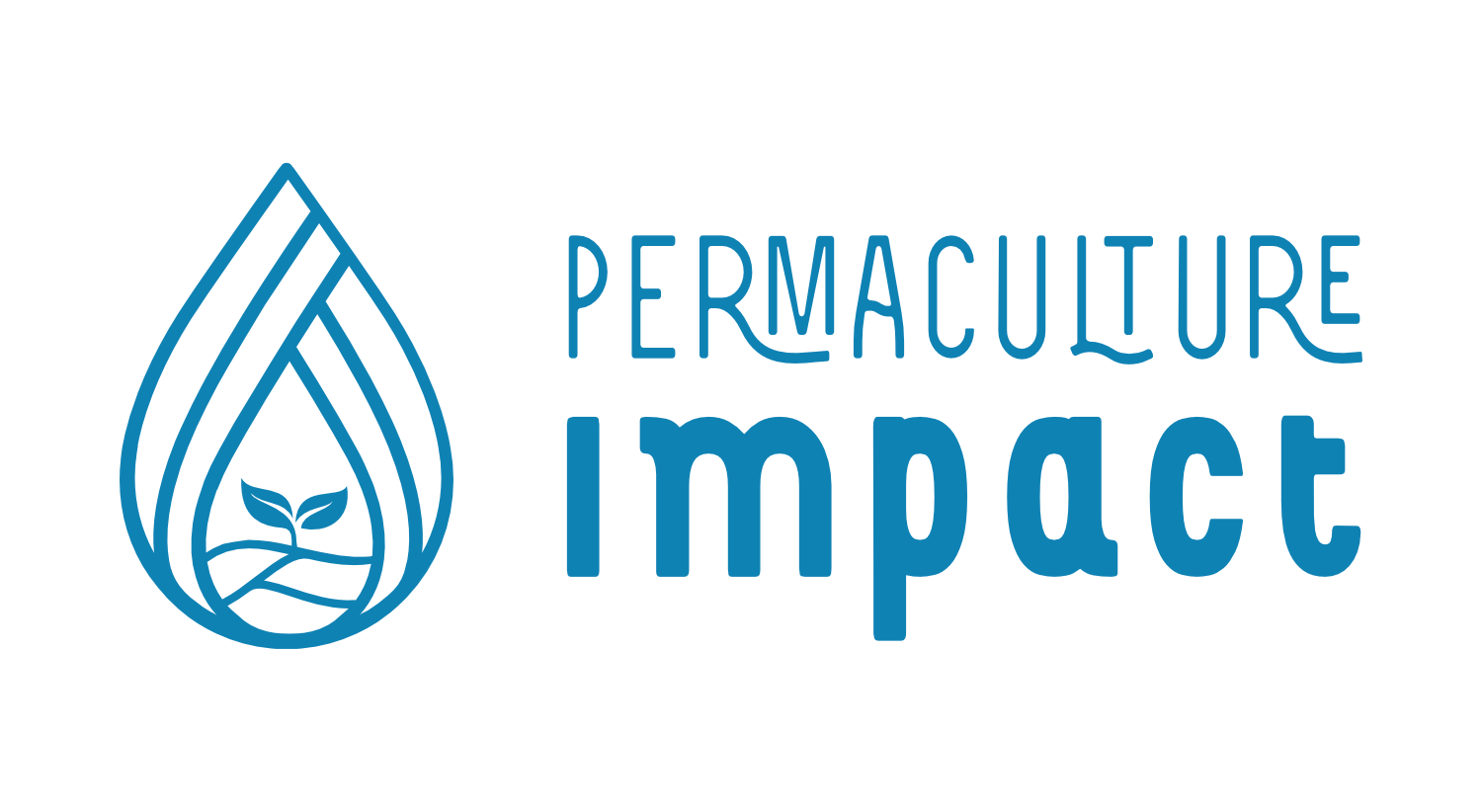What makes a good indicator?
Indicators should be relevant, specific and (where possible) measurable and timetabled to be gathered at key time points in the project.
An indicator should:
- Count or describe a change within ’the system’ of your project.
- Be relevant to what your project is doing or trying to achieve.
- Be specific (not vague).
- If possible, be measurable.
- Mention key timepoints where data is to be gathered.
- It may also need baseline data (before project started) to compare to.
Below are some examples of indicators. Are they all good indicators? Could you improve any, and if so, how?
Examples of indicators
- Number of people trained by the project each year.
- Proportion of individuals who own a mobile telephone, by sex.
- Number of farmers that are making their own compost at six months after participation in the project.
- Number of farmers using their homemade compost six months after participation in the training.
- Number of youths that have a job within six months after participation in the project (or could be..
- Percentage of youths that have a job within six months after participation in the project).
- Percentage of households in the village that eat a nutritionally diverse diet.
- Quality of job applications produced by youth that participated in the project.
- Increase in household income of beekeepers trained by the project in the year following the training course.
- Satisfaction of participants (or customers).
- Vitamin A deficiency in preschool children.
- National recycling rate, tons of material recycled.
- Number of people nourished per hectare.
- Number of trees planted since project began.
- Number of people adopting new practices.
